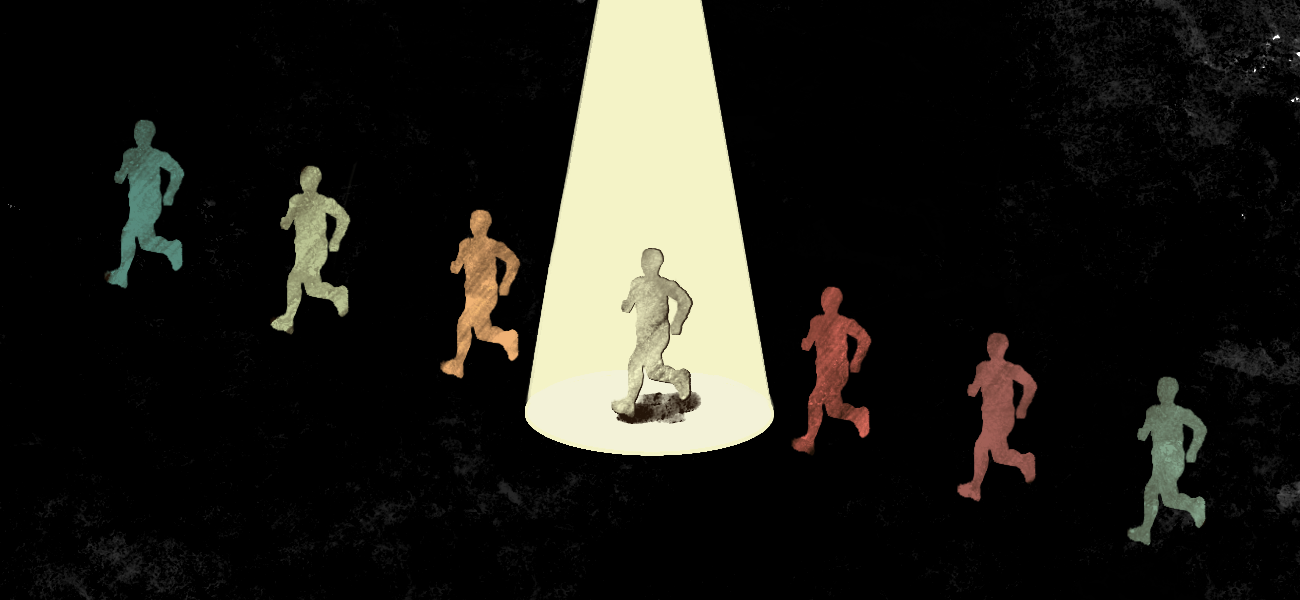Story by Georgia Parsons
Staff Writer
Illustration by David Sohn
Staff Illustrator
Since the popularization of teen movies in the 1980s, awkward physical education classes have been a distinctive characteristic of high school culture in mainstream media. Although P.E. exercises have changed since the 80’s, the current class curriculum still allows many opportunities for anxiety or embarrassment which can prevent students from truly enjoying exercise.
The SPHS physical education curriculum in particular puts an emphasis on group activities and workouts such as chicken run or swimming rather than individualized exercise. Pre-coronavirus, SPHS physical education classes offered little opportunity for students to explore fitness on an individual level. Typical classes consisted of group stretches followed by a group sport. Due to the extensive amount of group activity work and the competitive nature of the class, exercise is not as enjoyable as it could be. Each person moves at a different pace when it comes to physical activity, so it’s counterproductive to throw a group of athletically-diverse students into the same class and expect them to perform at the same level.
The 2020 fall semester’s online physical education program succeeds in the sense that individual exploration of physical fitness is a major feature of the class. Students participate in guided stretches and core workouts on camera for the first half of the period and are then able to complete at least 20 minutes of individual exercise of choice on their own. Incorporating more individual-based curriculum when students return back to on-campus classes could help to alleviate anxiety surrounding exercise.
Class exercises are intended to prepare students for the Physical Fitness Test, which influences whether or not a student is able to pass the class. The already competitive nature of P.E. classes combined with a singular test that determines one’s success in the class can be extremely anxiety-inducing, therefore inhibiting the student from showcasing the full capacity of their athletic ability.
The test is comprised of two portions: body composition and aerobic capacity. In the body composition portion, students are weighed in front of their peers in order to calculate the individual’s Body Mass Index, or BMI. The process of being weighed in front of peers inevitably leads to comparison, which is harmful. This is extremely concerning, especially for teenagers, during an age where eating disorders are common. Moreover, the BMI is not an accurate indicator of wellness because it does not take into account muscle mass, bone density, body composition, or genetic and sexual differences. The body composition aspect of the test is completely outdated and should be removed.
Additionally, the physical fitness test allows students to fail only one component of the test in order to pass. This puts more pressure on the student which could ultimately make them perform worse. For example, a student could be unable to touch their arms together behind their back and fail that portion of the test. Even if an individual is in good physical condition, there is a high probability that they could fail because of tests that do not account for the individuality of physical fitness.
In the aerobic capacity test, students are required to complete a mile under a certain amount of time depending on age, sex and weight, along with other core and flexibility exercises. Although the ability to run a mile and complete certain exercises is a good indicator of overall athletic ability, the way in which this test is administered prevents students that are otherwise fit from displaying their abilities because of the anxiety the test has potential to cause. Students should be allowed to take the test in smaller groups, which would make the test environment much less threatening.
The outdated physical education curriculum needs to be changed. The class should be more multi-faceted and holistic, not only focusing on group exercise, but individual development and education about leading a healthy lifestyle. Students spend so much time doing exercises without learning why they are actually important. P.E. teachers should educate students about the importance of exercise in daily life and how to lead a well-rounded, healthy lifestyle in terms of nutrition, mental health, and exercise. Moreover, the physical part of the class itself should be less structured and more individually-driven so that students can discover what kind of physical activity they prefer.



